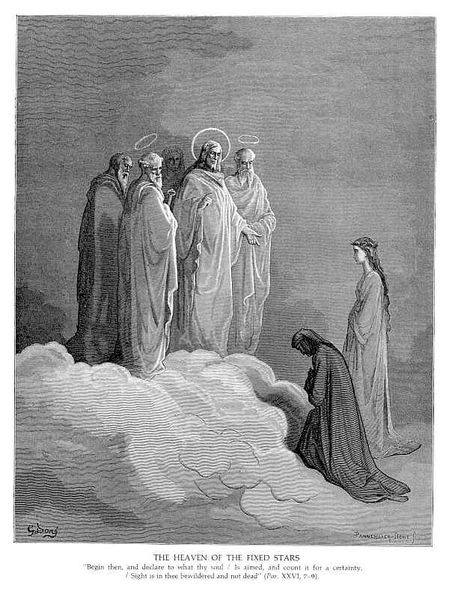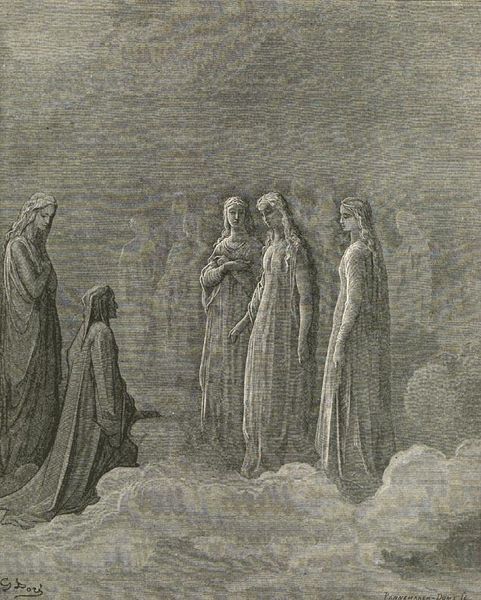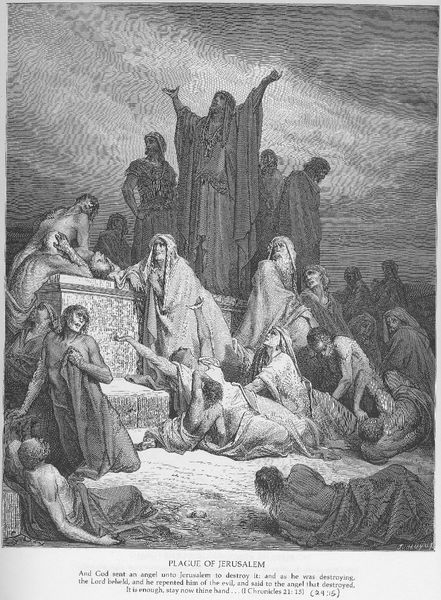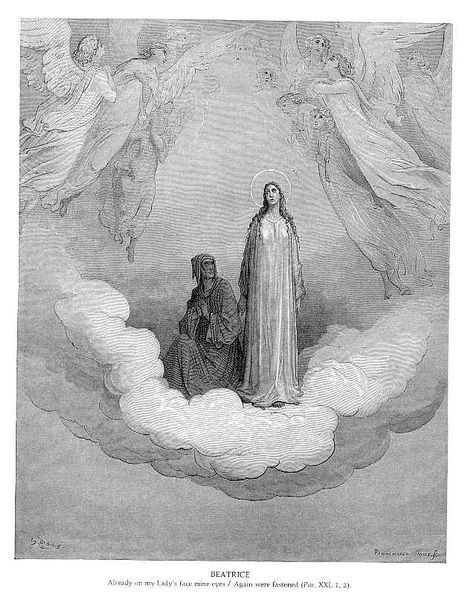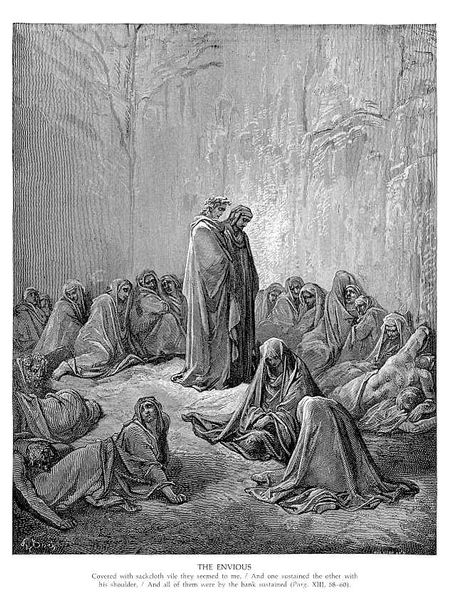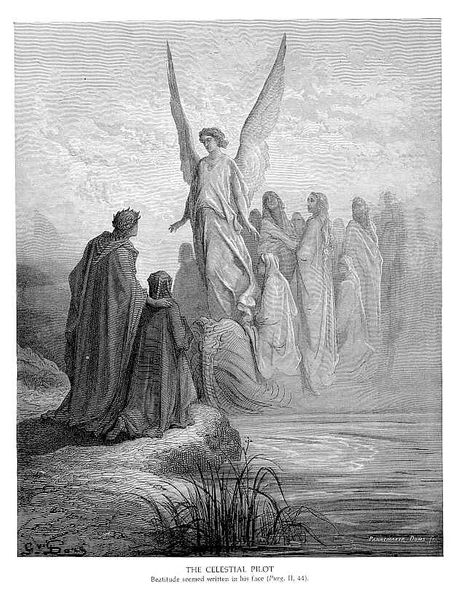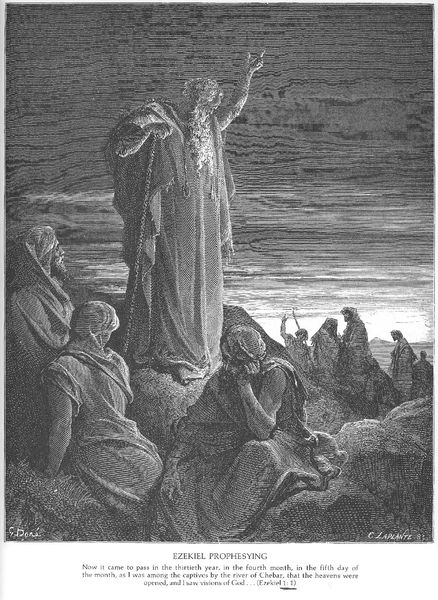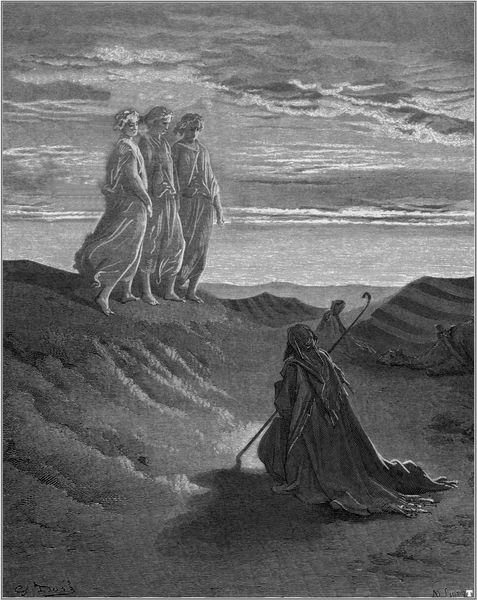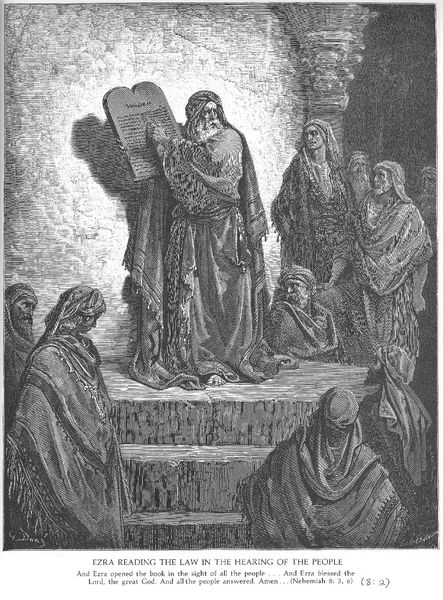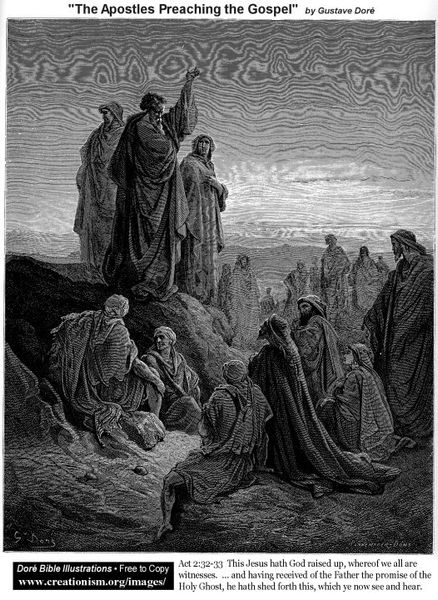
engraving
#
old engraving style
#
landscape
#
figuration
#
romanticism
#
history-painting
#
engraving
Copyright: Public domain
Curator: Let's consider the means of production evident in this engraving, "The Moon" by Gustave Doré. The very act of engraving—cutting lines into a metal plate—was a skilled labor, intensely manual, before becoming industrialized. Editor: Absolutely. This piece feels like a glimpse into another world. The figures are ethereal and the landscape has a stark, dreamlike quality. What strikes you most about it? Curator: I think we have to appreciate this piece first and foremost, as a reproduction, one of potentially hundreds or thousands. How does the act of reproduction alter the meaning itself, separating the art from any kind of precious, aura-filled object? Engravings were, fundamentally, a form of mass media at the time. How does that shift our understanding of what Doré was trying to achieve? Editor: So, you're saying the process of making this piece available to a wider audience shapes how we understand the image itself? Curator: Precisely. Consider also the division of labor in its creation. Doré designed the image, but another artisan, perhaps even working in a workshop, likely executed the engraving. The artist's “hand” is mediated, made multiple through skilled labor. Is it truly Doré's vision, or a collaborative product deeply enmeshed in the socioeconomic conditions of its time? Editor: That’s a very interesting perspective. I hadn’t considered how much the physical creation and reproduction influenced the artistic intention behind this. It’s more than just a depiction, it's also a product. Curator: Exactly! Examining it through this lens allows us to look past the Romantic aesthetic and really delve into its cultural and historical position. Editor: Thanks, I'll definitely think about engravings differently from now on! Curator: And I’ll appreciate anew Dore’s ability to still provoke contemplation despite the print’s accessibility.
Comments
No comments
Be the first to comment and join the conversation on the ultimate creative platform.
